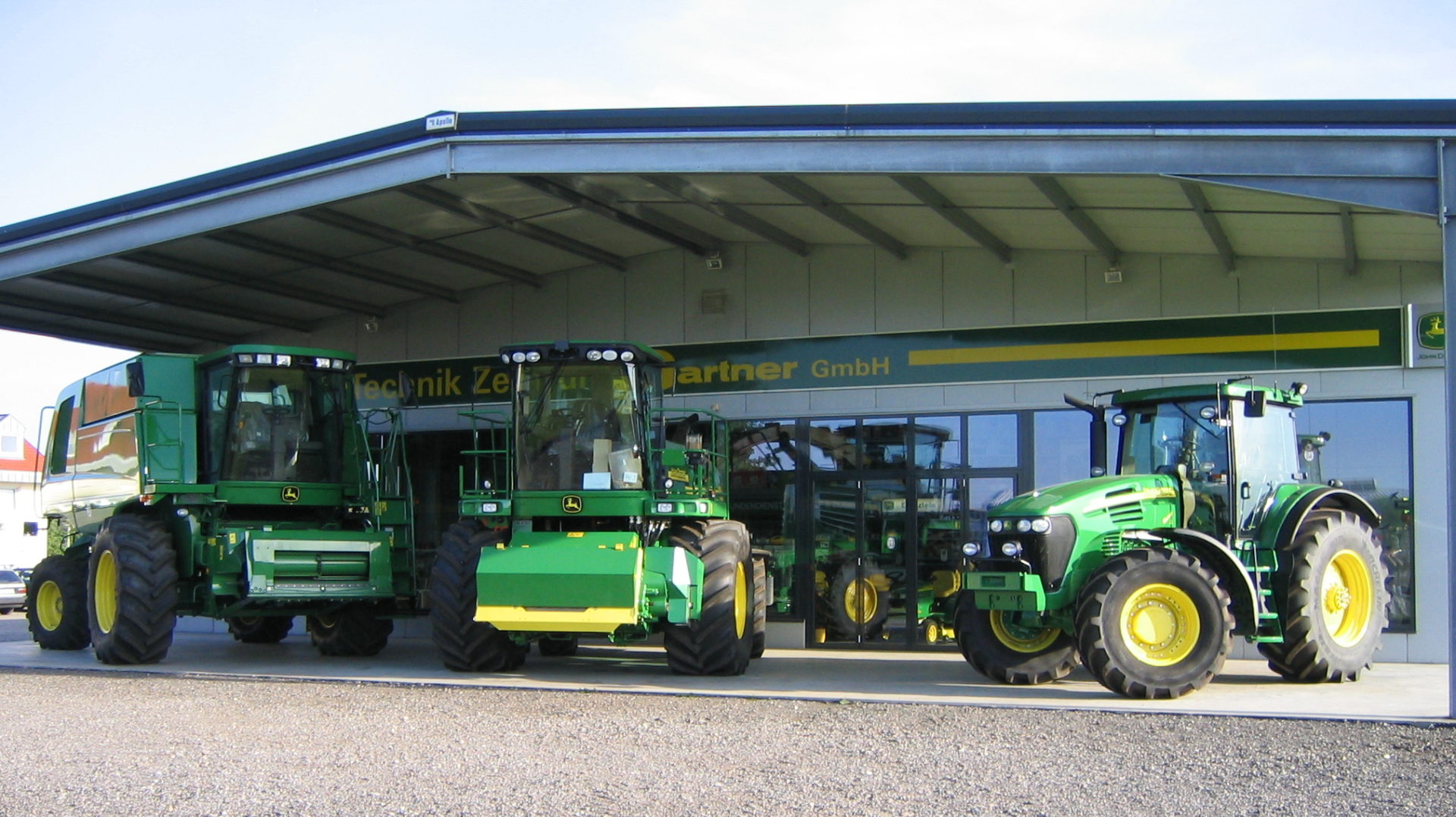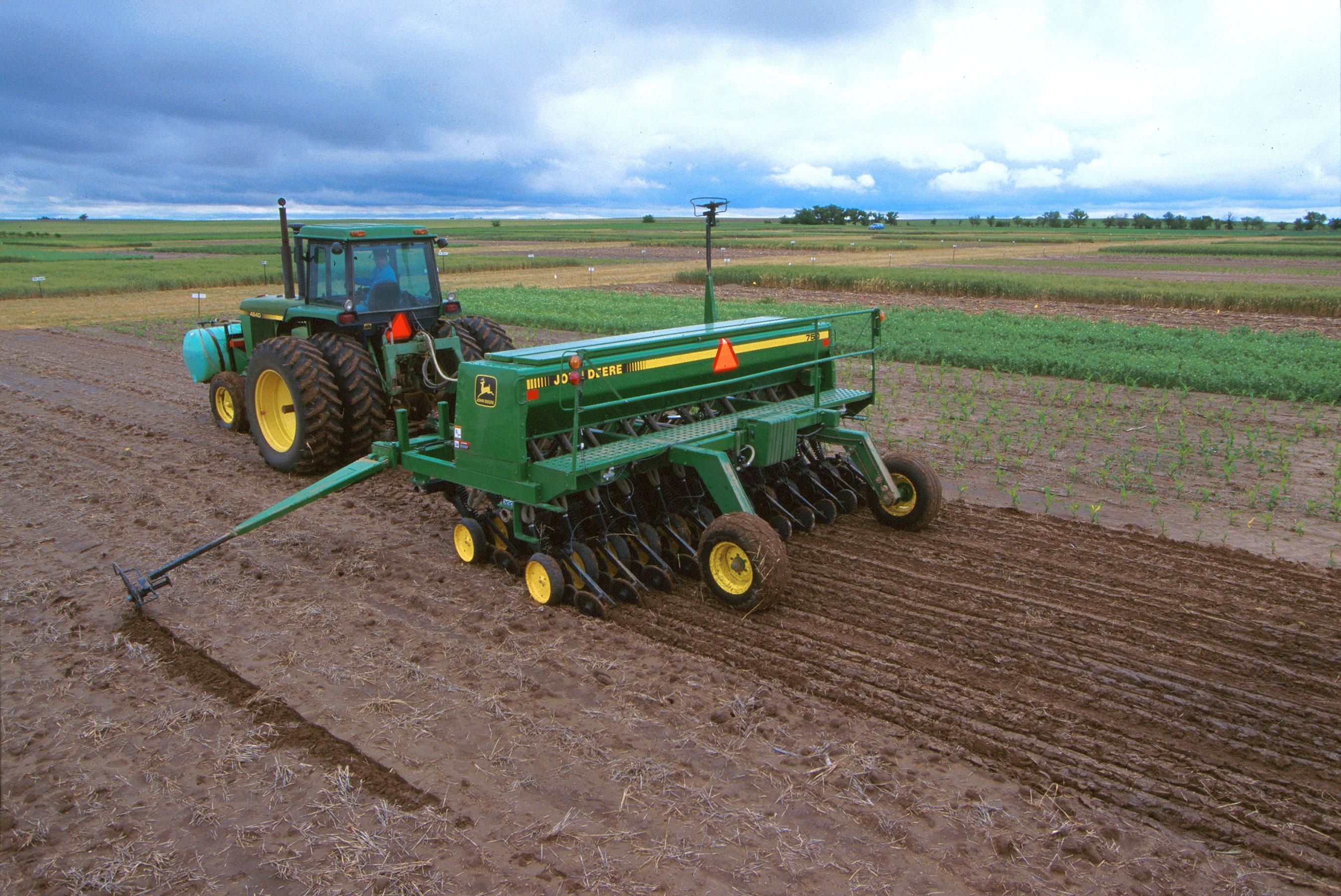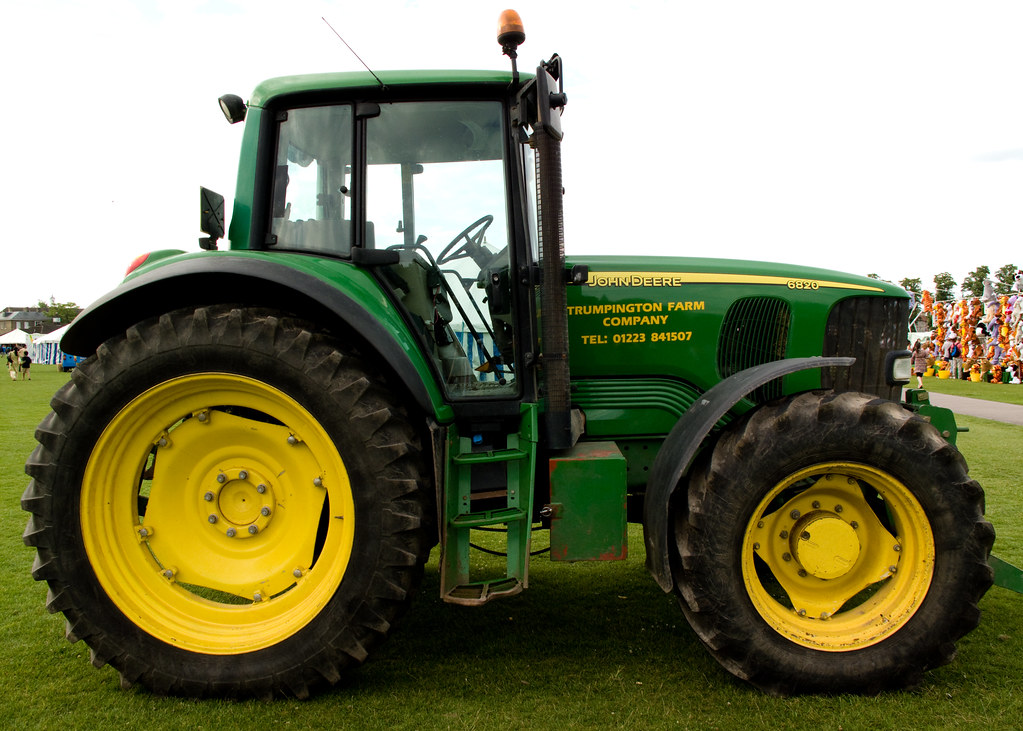The company’s origin dates to 1836, when John Deere invented the first steel plow that could till American Midwest prairie soil without clogging. The following year, Deere established a business to manufacture and market the plow, and his own company was incorporated as Deere & Company in 1868.
The present firm was incorporated in 1958 as John Deere–Delaware Company; it assumed the current company name later that year after merging with the older Deere & Company and its subsidiaries. Since its inception, Deere & Company has witnessed five generations of Deere family leadership.

Generally, in agriculture, the 1960s and ’70s were a period of accelerating technological change that encouraged farmers to employ significantly larger economies of scale to ensure profitability.
This trend had a great impact on Deere & Company and was reflected by a corresponding growth in the company’s business as it focused increasingly on the manufacture of farm equipment intended for expanding enterprises—giant tractors, balers, and seeding and harvesting machinery.
In order, however, to maintain production of a wide range of agricultural products for small- and medium-sized operations while responding to shifting demand toward larger machinery, Deere & Company became a major proponent of the “flexible-manufacturing” system of production.

Under this system, Deere in 1981 built a factory in Iowa costing over $1.5 billion that made extensive use of computers and robots and thus enabled the company to run numerous small assembly lines simultaneously for different products and turn a profit even at low levels of output. Largely as a result of this strategy, Deere & Company became the biggest American manufacturer of farm equipment in the late 20th century.
In addition to manufacturing farm machinery, Deere plants in the United States, Canada, western Europe, Argentina, and South Africa produce industrial equipment such as forklifts, bulldozers, and industrial tractors, as well as such consumer goods as chain saws and lawn-care equipment.
According to britannica.com and en.wikipedia








